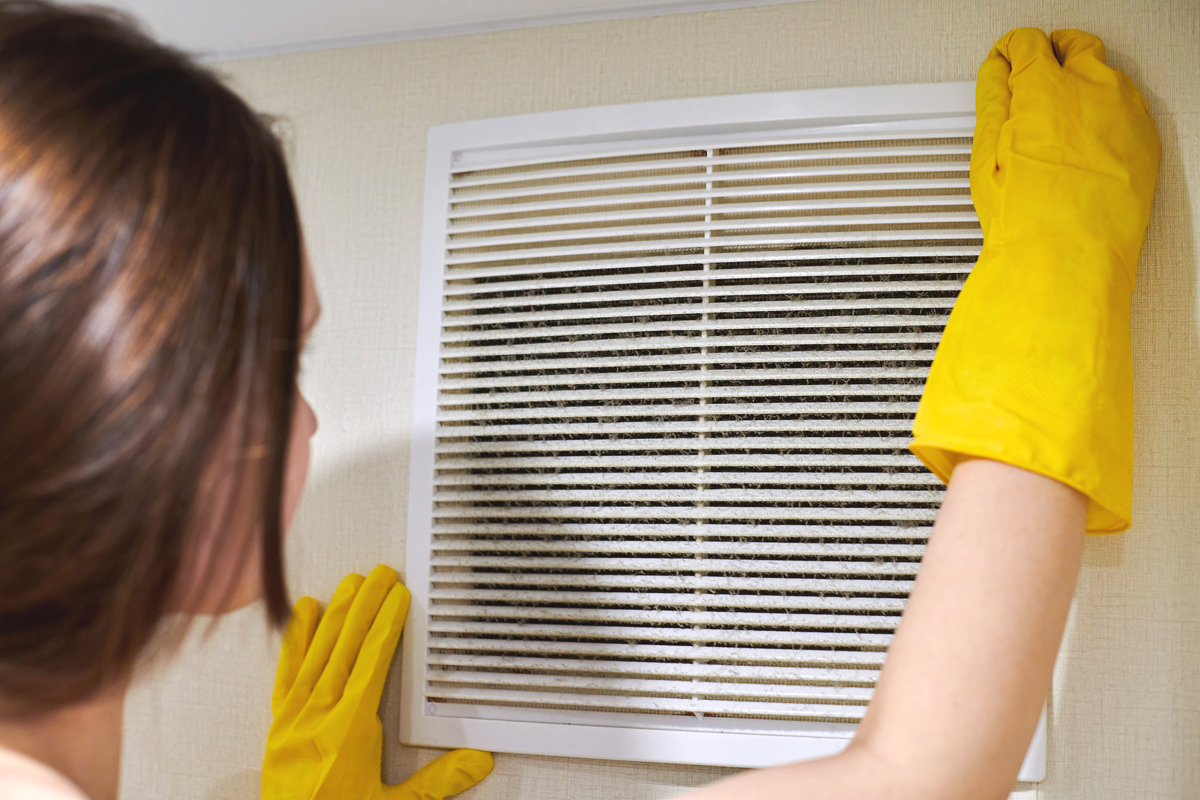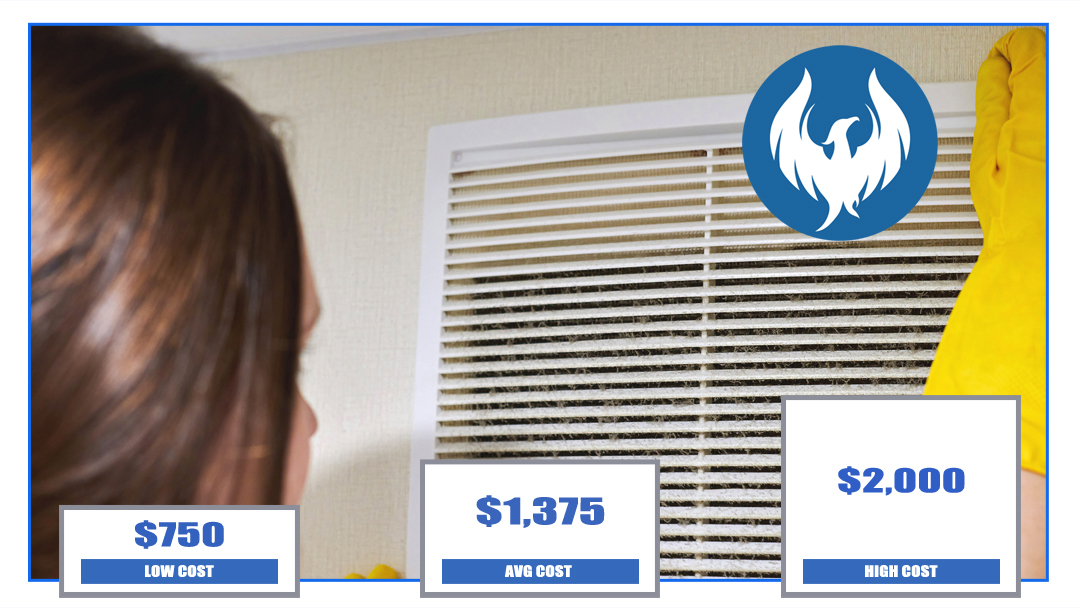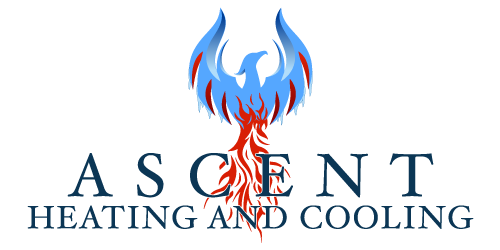
Air balancing is key to keeping your forced-air system working efficiently at all times. Most homeowners believe their HVAC system uniformly blankets their entire home with either warm or cool air, yet this is not the case.
All forced-air systems, such as furnace, heat pump or central AC, have multiple individual controls and elements. Whenever these elements get out of alignment, your energy bills can increase. Air balancing will solve any issues. Follow our how-to guide below to properly balance your HVAC system.
What Is Air Balancing?
Air balancing simply means adjusting your HVAC system in order for every room in your home to receive the proper amount of air, whether cool or warm. Every residential HVAC system should be balanced at the time of installation. Adjusting the system from time to time is par for the course.
Ideally, if you set your thermostat to 70 F, then each and every room in the home should be either warmed or cooled to 70 F. Unfortunately, this is not always the case. Some homeowners may discover that getting both floors to the right temperature proves difficult. Sometimes, individual rooms never seem to match the temperature of the rest of the home.
When To Balance Your HVAC System
How can you tell if your home system needs to be balanced? For starters, a properly balanced HVAC system will create a pleasant and desirable environment for all family members.
Here are a few signs that your HVAC system needs to be balanced:
- Heating or cooling bills suddenly increase.
- Persistent hot or cold spots in individual rooms.
- Temperature swings between floors.
- Some vents struggle to feed air through.
How To Balance Your HVAC System
Basic DIY air balancing will require adjusting dampers in individual rooms and on the HVAC system duct lines.
Follow this guide to balance the air in individual rooms:
- Most home supply vents feature a small metal lever directing one or more metal diverter fins.
- Close the diverter to allow less air into the room.
- This forces more air into other areas of the home.
Use these steps to adjust dampers on duct lines:
- One or more ducts may have a damper built into them, depending on how your system was installed.
- The dampers are controlled by levers on the outside of the duct, opening and closing a metal disc.
- Turn the lever so the disc is flat.
- This allows maximum airflow to the room(s) supplied by that line.
- Turning the disc upright will block all airflow to the room(s).
The majority of homeowners will adjust and balance their dampers when the summer and winter seasons begin. This is especially true in areas of the country that experience large temperature swings.
DIY Vs Professional HVAC Balance
Many homeowners may wonder if balancing their HVAC system is truly a DIY task. Adjusting the dampers is pretty simple, but a robust series of tests and adjustments will call for professional help. Air balancing done by the professionals will involve examining the whole HVAC system, with tests and measurements done to figure out how to optimize the air balance within the home.
There are typically two types of air balancing done by the professionals. One is referred to as a “comfort balance”, which is close to a DIY balancing with attention focused on the blower fan. A more involved approach will feature a full air diagnostic and balance. Some HVAC professionals may offer NCI (National Comfort Institue) balancing services.
How Much Does A Professional HVAC Balance Cost?
Most professionals will charge between $75-$100 per opening. This means the full cost to diagnose the balance of a single family home can climb up to $2,000 total.
Here are the typical costs for professional balancing:
- Lowest Cost: $750.
- Average Cost: $1,375.
- Highest Cost: $2,000.

Ascent Heating & Cooling In Tempe, AZ
Need residential or commercial HVAC repairs anywhere in the Arizona valley? We offer complete Heating and Air Conditioning installation, maintenance and repair services including much more! Contact us today to get started!





